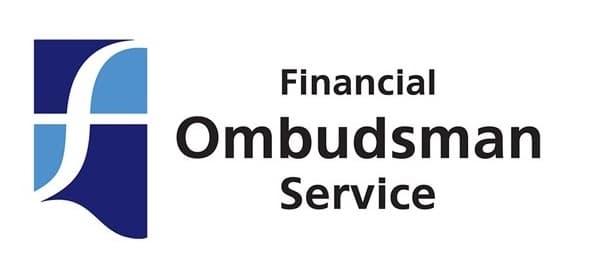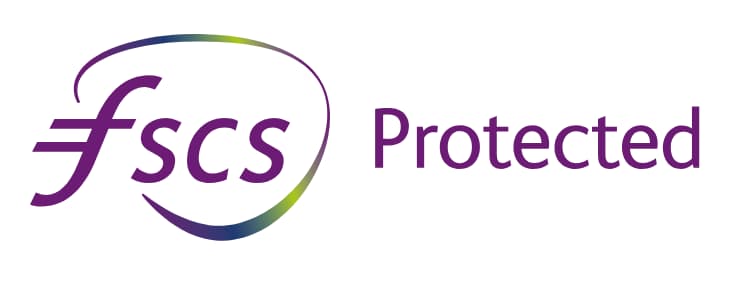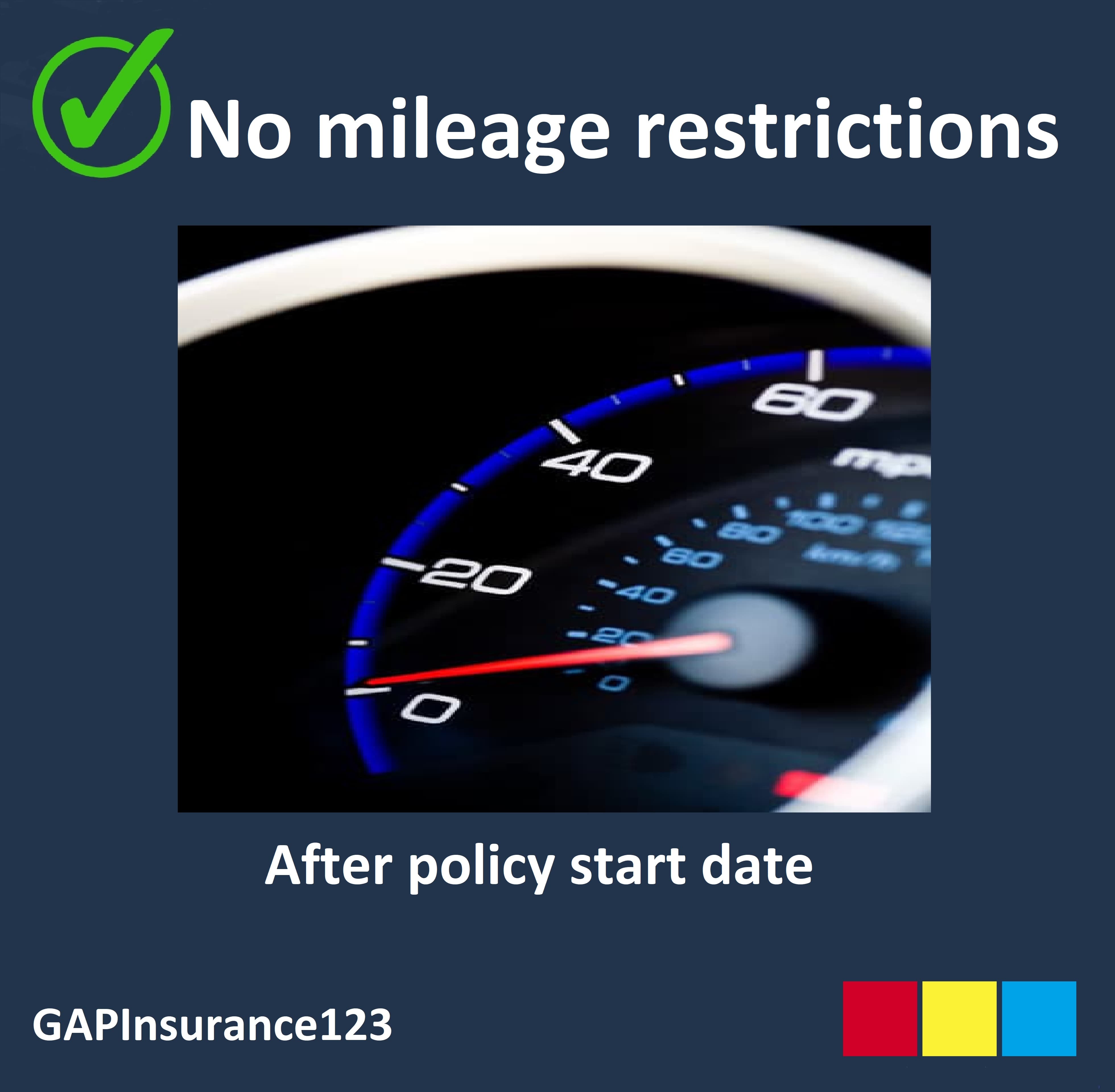Call Monday-Friday 9am - 6pm Closed Saturday & Sunday
Please select some policies.



Need Help? Calling from a mobile please call 0151 647 7556
0800 195 4926 / 0151 647 7556Do you have a question? or need help?
Call Monday-Friday 9am - 6pm Closed Saturday & Sunday,
.jpg)
.jpg)
.jpg)
.jpg)


There are different types of Gap insurance; however, no other type of gap insurance causes more confusion than finance gap insurance. This level of cover may often seem attractive because it is the simplest and cheapest form of GAP Insurance. However, this is also the most basic form of cover with limited benefits for many. Here, we explain how this type of gap insurance works, where it may benefit you and where another level of gap insurance cover may be more suitable.



Finance GAP is a form of Guaranteed Asset Protection. ( Gap Insurance for short )
This type of Gap insurance can also be known by different names,
Finance Shortfall
Shortfall Insurance
Contract Hire Gap Insurance
Lease Hire Gap Insurance
This level of GAP Insurance is specifically designed for finance agreements linked to a vehicle. (This could be a hire purchase, a personal contract purchase, or sometimes a contract hire or lease hire). This level of gap Insurance will not cover a shortfall between the motor insurer's settlement and any loan not linked to the vehicle. Examples of this may be a bank loan or a personal loan.
This type of GAP Insurance is designed to cover the shortfall between the market value car insurance settlement from a motor insurance write-off claim and the early settlement figure from your finance company.
There are a few things that must be in place for you to make a successful claim on a Finance GAP insurance policy.
You need to have fully comprehensive motor insurance in place.
You need to have a finance agreement on the vehicle where you can own the vehicle.
You also need a Gap Insurance policy.
The vehicle is written off or stolen, and the motor insurer declares the vehicle a total loss.
The motor insurer pays out the current market value in a settlement.
You owe more on the finance settlement than the amount you receive from the motor insurance (i.e. you are in negative equity).
Let's illustrate how this level of gap insurance would work by way of an example.
You buy a car for £25,000 in 2023.
You pay a £1,000 deposit and agree to a 5-year hire purchase agreement at £540 a month.
The amount you have initially borrowed is £24,000
The total amount of interest you will pay is £8,400 over 60 months. The total amount payable will be £33,400.
If the vehicle was stolen at the end of the first year, you may expect a financial situation as follows:
The current market value of the vehicle is now £20,000
The amount owing on the finance settlement is now £22,500
You would make a gap insurance claim and be paid £2,500.
Your GAP Insurance policy safeguards you from potentially significant financial loss if your vehicle is written off or stolen.
This level of cover is normally the cheapest form of GAP Insurance. Different types of GAP Insurance, such as Return to Invoice Gap insurance and Vehicle Replacement GAP, will be more expensive for the equivalent time period.
So if you have finance linked to the vehicle and all you want to do is cover off any potential shortfall on clearing that if the car is written off, then Finance GAP could be perfect for you.
But there still could be better options.
While this basic level of GAP Insurance provides valuable protection, it's important to understand its limitations. The biggest limitation is that your fianance settlement must be higher than the market value of your vehicle.
There can be reasons this may not actually be the case or a time when the possibility diminishes. These include:
You may have put a significant deposit or carried over equity from a part exchange vehicle. This lowers the amount you borrow against the value of the car. This may also reduce the chances of a 'gap' for yours GAP Insurance policy to fill.
You are in the later stages of a finance agreement. Here, the amount you owe on finance against the car's value may mean no 'gap' exists. For example, if you pay £200 on a 60-month finance agreement, the most you can owe with 12 months left is 12 payments of £200, so £2,400. The chances are the car will be worth more than that, so the chances are that there would be no finance shortfall to fill.
This level of GAP Insurance only works on a hire purchase or personal contract purchase (PCP) agreement contract hire agreement or lease. It does not workor offer any protection if you purchased your vehicle using a bank or personal loan, even if you owe more on the finance agreement than the motor insurer pays out.
As Finance cover only covers a potential shortfall between the car insurance market value settlement and the outstanding finance, the window of time that you may benefit from this is limited. This is because depreciation on the car will slow, and at some point, what you owe on the car may be less than the vehicle value covered by the motor insurer. You may not need a long-term Finance GAP policy if that is the case, again saving you on the premium price you will pay.
If you are looking to protect deposit or equity in your car, then finance GAP is not for you. It does not consider the original purchase price of the vehicle or the cost of a replacement vehicle. This is where other types of GAP Insurance, like Return to Invoice GAP and Vehicle Replacement GAP, offer more comprehensive coverage.
Combined Return to Invoice GAP Insurance ( invoice Gap Insurance) covers the financial gap between the insurer’s payout and the original invoice price of the vehicle or the outstanding finance, whichever is greater at the time of a write-off.
This means that if your vehicle is written off, you will receive the full amount you paid for your vehicle. In turn, after you have paid off any outstanding finance, you can recover the deposit or equity you have put into the deal plus the capital you have paid off the car in the interim.
On the other hand, Vehicle Replacement GAP Insurance covers the gap between the insurer’s payout and the cost of an equivalent replacement vehicle of the same make, model, age, and specification as the original vehicle or the outstanding finance, whichever is greater at the time of a write-off.
This Gap insurance policy is beneficial if you’re concerned about potential price increases where the cost of buying the same car again could be higher than the amount you originally paid.
Both Return to Invoice and Vehicle Replacement GAP will return some money to the policyholder. Finance GAP Insurance cannot.
For a full list of terms and conditions as as well as eligibility, please see the finance documents.
The increased competition with online GAP Insurance providers has led to some 'inventive' adaptations of GAP products at motor dealers. Traditionally the longest period of time available for a Return to Invoice policy in a showroom was often 3 years, maybe 4 at a very select few. As motor dealers increasingly offered 4 or 5 year finance deals, there was a period at the end of the finance agreement that customers buying their GAP Insurance may be left without cover.
One particular solution provided by some dealers was quite inventive. Policyholders would be offered a Return to Invoice GAP policy that could cover you on a back-to-invoice price for a period of, say, 3 or 4 years. After that time, the policy would revert to a basic finance cover.
So essentially, you would be covered back to your invoice price initially, then once this period passes, you could be covered for a finance shortfall for the remainder. Often this was promoted as a 'free' addition to the policy and allowed it to be marketed as a '5 year' GAP Insurance policy.
As we have covered elsewhere, Shortfall GAP only covers a gap between the motor insurers' settlement and the outstanding finance settlement. In the final year or so of a 5-year finance agreement, this 'gap' may not even exist. Even if it does, the shortfall could be very small.
We say this because the depreciation suffered by your car will have slowed significantly, and the amount you owe on finance is small. It is often the case that the vehicle is worth more than the finance settlement. Therefore the motor insurance settlement should cover this. There is no 'gap' to fill on a finance shortfall basis.
There are potentially four or five year Return to Invoice products available online these days. These can cover you back to your full invoice price for the full term. This would mean you can recover all of the deposit, equity and capital you have built up in the car.
With a 'convertible' policy, you lose that protection as soon as the RTI cover ends and the finance GAP cover takes over.
Not all 4 and 5 year 'RTI' GAP Insurance policies are the same.
Choosing the right Finance GAP Insurance provider is crucial. Factors to consider include the provider's reputation, claim limits, the duration of coverage their gap insurance policies are available for the duration for, cost, and any exclusions. It's also worth checking if the policy offers flexibility, such as the ability to transfer the policy if you change your vehicle before the end of the policy term.



Finance GAP Insurance covers the financial 'gap' between the market value of your vehicle at the time of a total loss and the outstanding balance on your finance agreement.
In some cases, yes, it can be. However, you need to check the policy terms carefully. Contract Hire vehicles are leased, and there is no option to own the vehicle.
However, similar to HP or PCP, there can be a shortfall between a comprehensive car insurance policy payout and the outstanding settlement due to a lease or finance company.
Therefore a Finance GAP policy could cover a lease agreement as long as the GAP provider allows for it in the policy terms.
Many do not.
Many GAP Insurance providers have specific Lease GAP Insurance or Contract Hire GAP Insurance products. These allow to cover a shortfall on the lease agreement. They also provide optional protection for advanced rental protection (known as deposit protection) that a Finance GAP product may not.
Always check what a policy can protect you; do not assume Finance GAP is the same as Contract Hire GAP.
Negative equity gap insurance is a specialist form of finance gap insurance. It provides the same basic cover as finance gap insurance but will also provide additional benefits. You will need negative equity cover if you have carried over finance from an old agreement to the purchase of your new car.
For example, you part exchange your car, which is worth £10,000.
However you still owe £12000 on your finance agreement.
The extra £2000 is added to the money you need to borrow to purchase your new car.
Please also note that we currently cannot offer negative equity gap insurance or agreed value gap insurance.
So, for example, you buy a car for £25,000. You trade in a car against this where the part exchange is valued at £10,000, but you still owe £12,000 on the finance. The £2,000 negative equity is added to the finance agreement of the new vehicle.
This means that, in the event of a claim, the Negative Equity GAP can cover any difference between the motor insurers' settlement and the outstanding finance settlement. However, subject to the policy claim limit, this would include the £2,000 negative equity carried from the previous finance agreement.
Negative Equity GAP is difficult to find in the UK marketplace in 2023.
Does GAP insurance cover finance?
Yes, Finance GAP Insurance specifically covers the 'gap' related to the outstanding balance on your finance agreement. It should be noted the car loan must be linked to the vehicle. If it is a bank loan or personal loan then the finance is not linked to the car.
Whether GAP Insurance is worth it depends on your individual circumstances. GAP Insurance can provide valuable protection on cash or finance purchases, on either new of used vehicles.
Where you buy GAP Insurance may also affect the 'value' of the cover. The GAP Insurance cost at a motor dealer is normally far more expensive than the equivalent policy sourced online.
Ultimately, whether you purchase GAP Insurance depends on your viewpoint and desire to top up the car insurance provider settlement.
The maximum term of cover on a Finance GAP Insurance policy varies between providers, but it typically ranges from 1 to 5 years.
This is where Finance GAP is added alongside another form of GAP cover. For example, Combined Return to Invoice is a mixture of Return to Invoice GAP and Finance GAP.
In the event of a total loss, the benefit of a combined policy is that you are covered to the highest benefit at the time you claim. So with a Combined RTI GAP, you are covered to the higher of the outstanding finance settlement or the original invoice price you paid.
This provides you with more flexible protection and, it must be said, a more comprehensive cover.
Finance GAP Insurance is an important consideration for anyone purchasing a vehicle under a finance agreement in the UK as it provides valuable financial protection, covering the 'gap' between the insurer's pay out and the remaining balance on your finance agreement if your vehicle is written off or stolen.
However, it's important to understand its limitations and consider other types of GAP Insurance that may offer more comprehensive coverage.
Published 22/7/23, written by Mark Griffiths